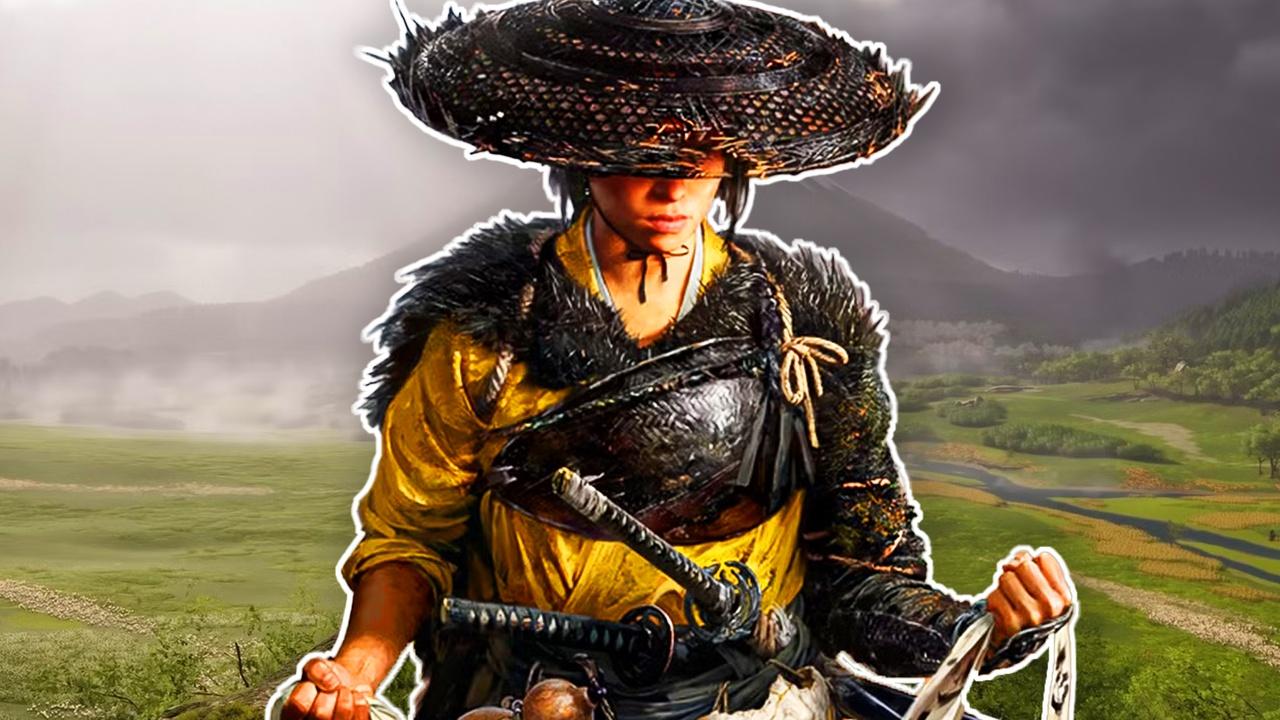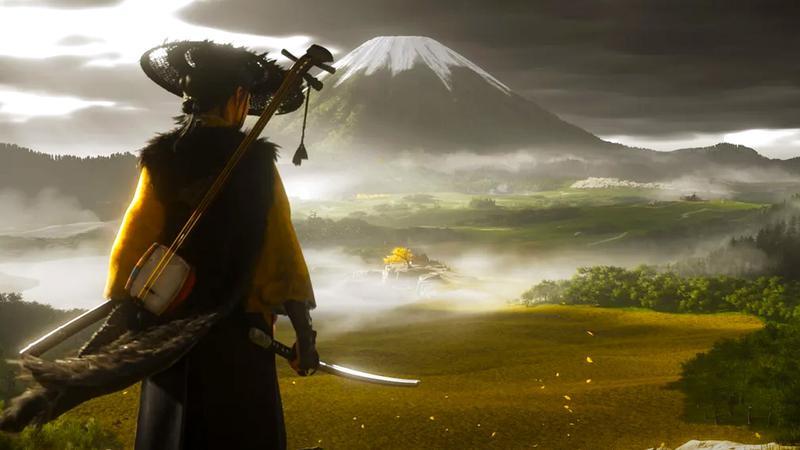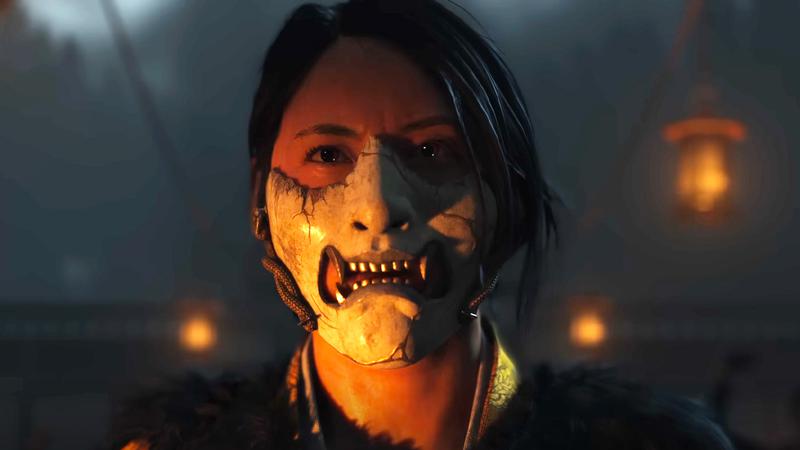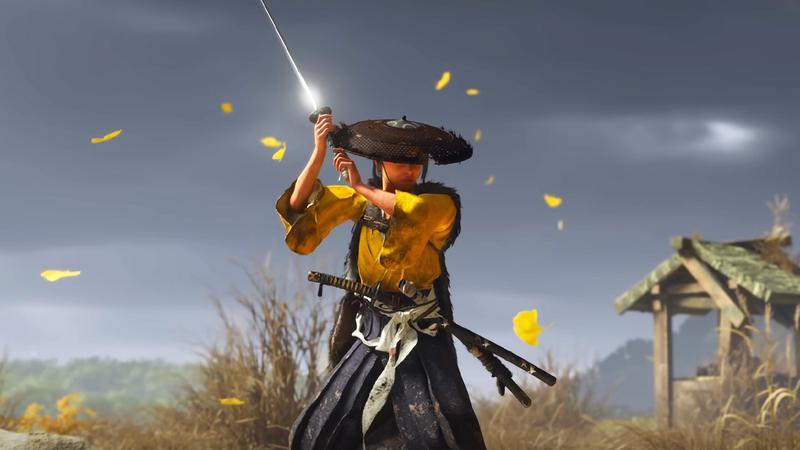
Fans can play through history (in a sense) in PlayStation's latest release, Ghost of Yotei, as the samurai epic tells a weaving tale with plenty of true story influences and callbacks to real history. The new open-world action title from Washington-based Sucker Punch Games follows a young woman named Atsu on a revenge quest in Feudal Japan.
The game takes place roughly 300 years after the events of its predecessor, Ghost of Tsushima (which is becoming a big-screen blockbuster from John Wick director Chad Stahelski) in 1603. This moves the focus from Japan's Tsushima Island on its west coast to the northern Hokkaido (known as Ezo at the time).
Atsu is a woman on a mission in Ghost of Yotei, seeking revenge on the people who murdered her family sixteen years before the events of the game. This is an adventure steeped in real-world history, combining fictional elements with some actual events that shaped Japan during the Edo Period.
Ghost of Yotei is now available on PlayStation 5.
The Real-Life Influences of Ghost of Yotei's Story
The Ainu People & Settlers of Ezo

While Ghost of Yotei's primary conflict centers on Atsu and her quest for revenge, it is set during a period of real-world strife in Japanese history. Players will notice, across their adventure, mention of the Ainu people as well as a mass arrival of settlers in the Ezo area.
Both of these are based on real events that were significant factors in the development of Japan's northernmost island, Hokkaido.
Ghost of Yotei takes place at the beginning of the Edo period. The Edo period began with the formation of the Tokugawa Shogunate, in which Tokugawa Ieyasu prevailed at the Battle of Sekigahara and secured almost all political power in Japan (as seen in the hit FX series Shogun).
While this began what many describe as an era of prosperity in the East Asian nation, the end of the war ushered in a period of displacement for thousands of Japanese, whether it was because they stood opposed to the new Shogunate rulers or were seeking to escape the war entirely as deserters.
These settlers are a constant in Ghost of Yotei, with Atsu coming across dozens of families trying to set up homes across the game's landscape.
This sent some to the yet-to-be-claimed Ezo to the north. Ezo (at the time) was home to an indigenous group known as the Ainu people. The Ainu were a group of hunter/gatherers who lived on the island before it became part of Japan, with a heavy emphasis on individual spirits residing in all living things.
One aspect of the Ainu culture that is spotlighted heavily in the new sword-swinging adventure is their proclivity for wolves (or kitsune). The group revered wolves and bears, with wolves in particular playing a key role in Yotei's story as Atsu gains the trust of a wolf companion that helps her in combat.
The arrival of the Japanese fleeing their homes to the south meant the Ainu were pushed out of places they had been living for, in some instances, hundreds of years.
The Ainu were seen as savages and barbaric by many of these Japanese settlers, causing immediate tensions between the two parties, resulting in years of war and hostility.
Ronins and Samurai
Just like the first game, Ghost of Yotei prominently features ronin and samurai culture. The samurai way is at the heart of Yotei's story, with Atsu being a self-trained samurai-like warrior, determined to avenge her family.
At the time of Yotei's story, the age of the samurai was still very much alive. Samurai were used in war as soldiers devoted to various lords scattered across Japan (read more about the history of samurai here).
Ronin, on the other hand, were samurai warriors trained in the way of the katana, but who were not associated with any particular master or lord.

In Atsu's case, she is a roaming ronin, with no particular political allegiance other than a devotion to her family's name. On her journey, she comes across various samurai and ronin characters, like the Matsumae clan-associated Kiku.
Atsu utilizes numerous authentic samurai/ronin weaponry and armor on her journey as well. Her primary weapon is her family's katana blade, while she also uses other iconic samurai tools of battle like the tanegashima, yari, yumi, ōdachi, and kaginawa.
The Matsumae Clan
A crucial part of the Ghost of Yotei story is the Matsumae Clan, one of the few groups of named characters in the game that are actually pulled directly from history.
After the shogunate took over in 1603, the new ruler of Japan also sent some wards of his own to the northern island of Hokkaido, now known as Ezo. These representatives were the Matsumae Clan.
In exchange for guarding Japan's northern border, they were granted land, as well as exemption from owing rice to the shogun and his forces.
This group of shogunate appointees was intended to further Japan's agenda and expand its influence in the north. In doing so, they laid claim to the traditionally Ainu homeland and came to blows with the group of indigenous hunter-gatherers on several occasions.
In the game, the Matsumae Clan is warring with the villainous Yotei Six, a rogue group of ronin who are responsible for killing Atsu's mother, father, and twin brother.
This positioning means Atsu crosses paths with the Matsumaes many times through the story, both as friends and foes.
What Parts of Ghost of Yotei are Fiction?

Essentially, everything else in Ghost of Yotei is a work of fiction. This is the same tack that Ghost of Tsushima took, telling an original story set within real-life history.
In Yotei's case, the 2025 PlayStation first-party title is a sweeping tale of revenge, following a young woman named Atsu, who dedicates her life to tracking down the Yotei Six, the killers of her family.
This band of ronin outlaws, while based on a very real idea (as sword-wielding criminals), is entirely fictional. The characters of the Snake, the Oni, the Kitsune, the Spider, and the Dragon, as well as Lord Saito, are not real, but they provide a gripping, antagonistic force to push against Atsu.
Additionally, some liberties have been taken in the rendering of the Ezo region, where the game is set.
The area around Mount Yotei is a very real place, but some changes have been made to the terrain to improve the game flow from a gameplay perspective (such as the placement of specific temples and landmarks).












